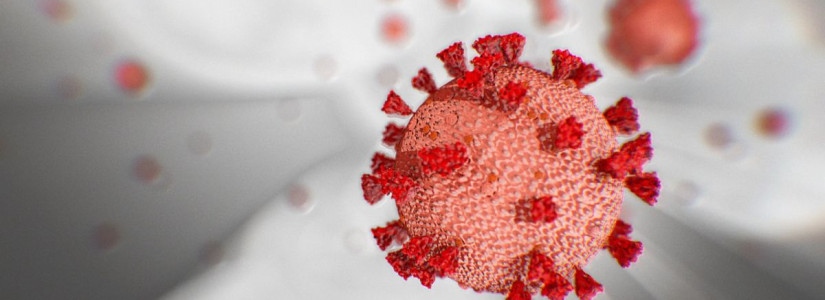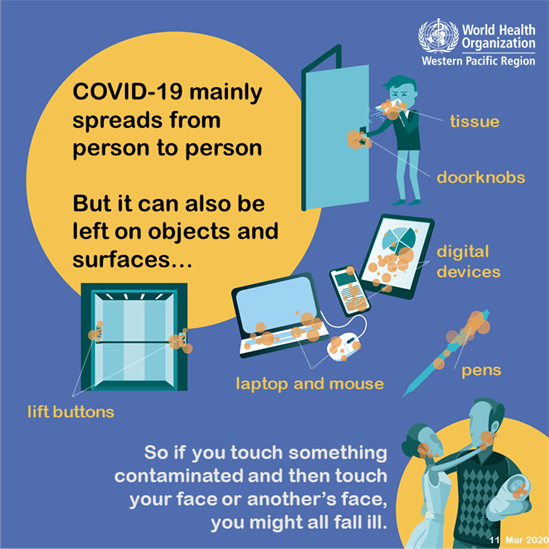CT- scan and MRI centers in Kathmandu
6 November, 2020CT- scan and MRI centers in Kathmandu...
Read More
COVID-19 is a highly infectious disease caused by the novel coronavirus SARS-COV-2. The emergence of the novel coronavirus, has become a global health concern causing severe respiratory tract infections in humans. Parrelly, the situation of the public health crisis has added to the plight.
Most usually, the symptoms are milder and recovery can occur without needing special treatment. However, few of the people with the disease will become seriously ill and develop difficulty breathing. The number of confirmed cases and deaths from COVID-19 are constantly rising all around the world making prevention efforts extremely important.
The coronavirus that causes COVID-19 being highly contagious is transmitted primarily and most importantly through close contact from person to person by respiratory droplets. At the same time, there is also growing evidence that smaller air particles called aerosols also play a part in transmission.
Withal, variety of studies going on to look at how long the virus stays alive on different surfaces. Such type of transmission through different surfaces is termed as fomite transmission.
How does fomite transmission take place?
The role of fomites in the current pandemic is yet to be fully determined, although they have been suggested as a potential mode of transmission.
Here is how such transmission works: An infected person coughs or sneezes on their hands. Some of the droplets may splash onto nearby objects or surfaces around the person. Other people then may obtain the virus touching these objects or surfaces, then touching their eyes, nose or mouth.
Different ongoing studies and experiments show that fomite transmission is of much lower risk than direct transmission from person to person. However, it is still unclear if this increases the chance of transmission.

(Image source: Firstpost)
Coronavirus on different surfaces
Different studies have evaluated the persistence of the COVID-19 virus on various surfaces.It has been found that the survival time of the virus depends on the material and surfaces. New scientific findings are also constantly being revealed.
These studies, however, were conducted under laboratory conditions in absence of cleaning and disinfection practices and should be interpreted with caution in the real-world environment.
According to the research issued in the Journal of Hospital Infection, coronavirus can be inactivated within a minute by disinfecting surfaces with products containing 62-71% alcohol. This study signifies the importance of cleaning and disinfecting common surfaces and objects in our home and workplace every day. This includes:
Spread of virus can also be mitigated through fomite transmission by following measures:

Some researches have suggested persistence of coronaviruses on surfaces depends on environmental conditions including air temperature, relative humidity, inoculum and the materials. Low temperature, high inoculum and proper relative humidity are associated with longer availability for viruses. Among these,temperature plays a vital role in survival of viruses as they are susceptible to higher temperature. Hence, researchers are evaluating whether exposure to heat, cold, or sunlight affects the duration of viruses on surfaces. This ultimately may help in containment of viruses especially in public health and transport sectors.
Studies indicate the viability of viruses and aerosols for hours and on surfaces up to days depending upon the inoculum shed. At the same time, it is also found that the amount of viable virus in mucus disintegrates in a matter of hours once it lands on the surface. It means droplets in the fresh mucus are far more infectious than much later. Nonetheless, scientists believe that the virus still has to survive long enough in a larger dose in order to make people infected.
According to the resolution passed by WHO the primary and most important mode of transmission is through close contact from person to person. Simultaneously, based on various studies and experiments, it seems quite convincing that a person contracts the virus through fomite transmission as well. Furthermore, proper preventive strategies such as washing hands and wearing masks are critical to mitigate the risk of fomite transmission during the current pandemic response.
Moreover, it’s likely that the second wave of COVID-19 arises in a more threatening way with the arrival of northern winter. It is believed that the spread is obvious but somehow can be mitigated through circuit-breaker, a two-or three-week strict lockdown to cut the spread. Besides, it's imperative that finding out how long the virus really remains viable on the surfaces enables us to more accurately predict and contain the spread. We need to consider more studies in these subjects considering the sensitivities and containment of the second wave. It is said, “No one is safe until everyone is safe” so we all should be more proactive than reactive in order to combat this virus with utmost prevention and care in every possible way.
Leave a comment